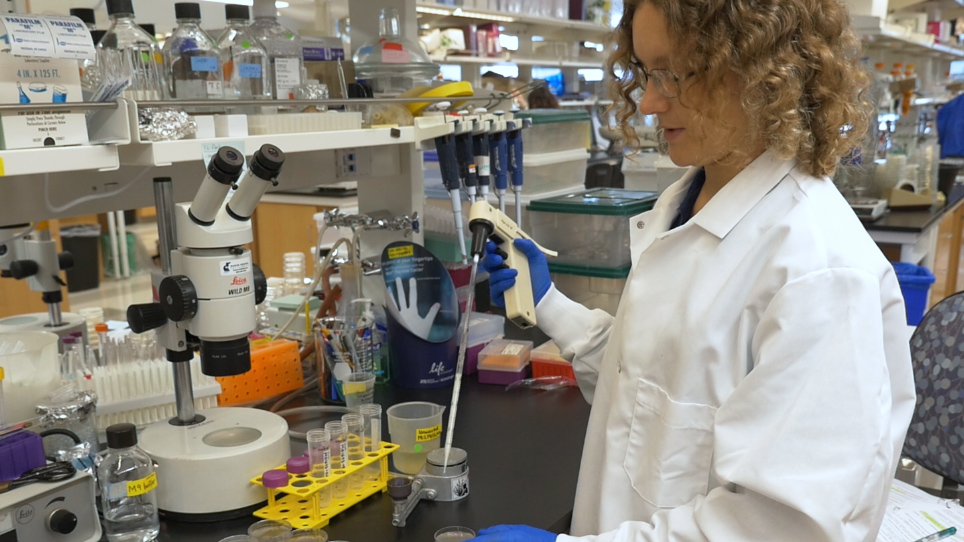/
/
Visualization of Cell Cycle Variations and Determination of Nucleation in Postnatal Cardiomyocytes
A subscription to JoVE is required to view this content. Sign in or start your free trial.
JoVE Journal
Developmental Biology
Visualization of Cell Cycle Variations and Determination of Nucleation in Postnatal Cardiomyocytes
Chapters
- 00:05Title
- 00:53Cardiomyocyte Isolation
- 02:52Cardiomyocyte siRNA Transfection and Confocal Video Microscopy Analysis
- 06:52Results: Representative Cardiomyocyte Analyses
- 08:59Conclusion
To distinguish cell division from cell cycle variations in cardiomyocytes, we present protocols using two transgenic mouse lines: Myh6-H2B-mCh transgenic mice, for the unequivocal identification of cardiomyocyte nuclei, and CAG-eGFP-anillin mice, for distinguishing cell division from cell cycle variations.










